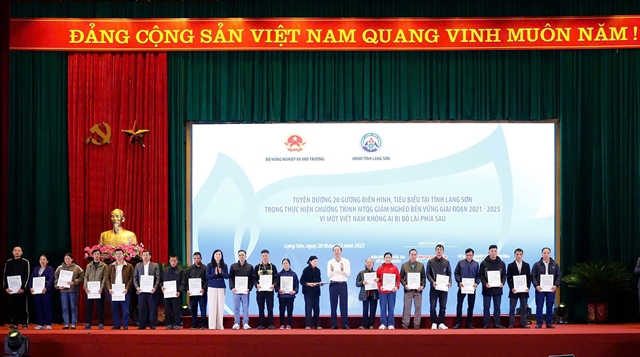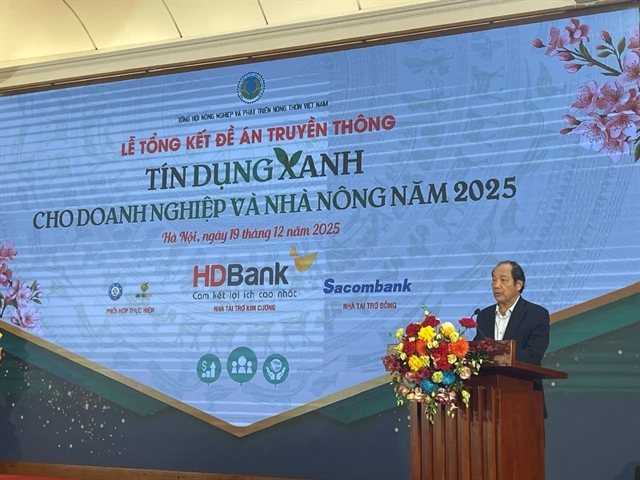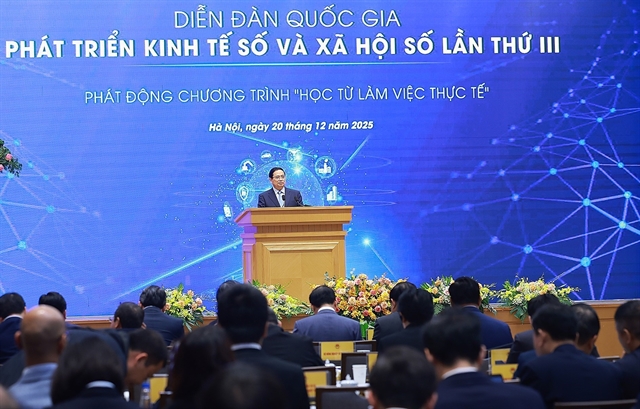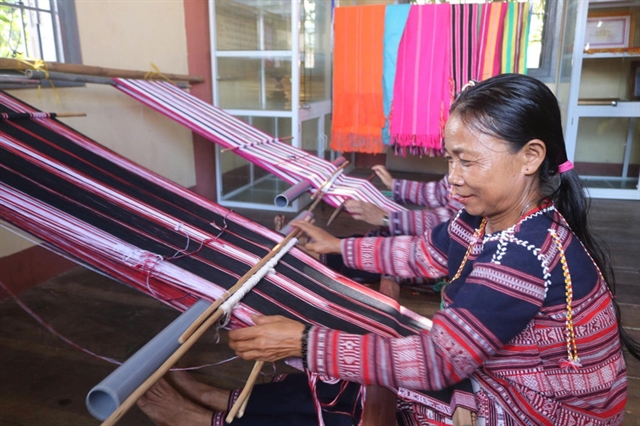 Environment
Environment

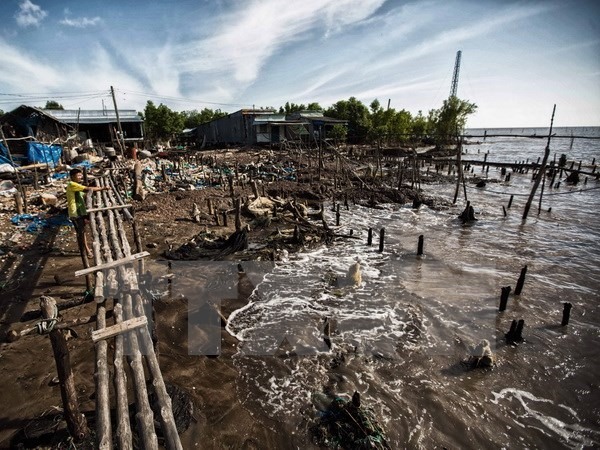 |
| Land erosion hit residential areas in Kênh Đào Đông Hamlet, Đất Mũi Commune in southernmost Cà Mau Province. The province loses about 450 ha of land along the coast each year due to climate change. — VNA/VNS Photo Trọng Đạt |

